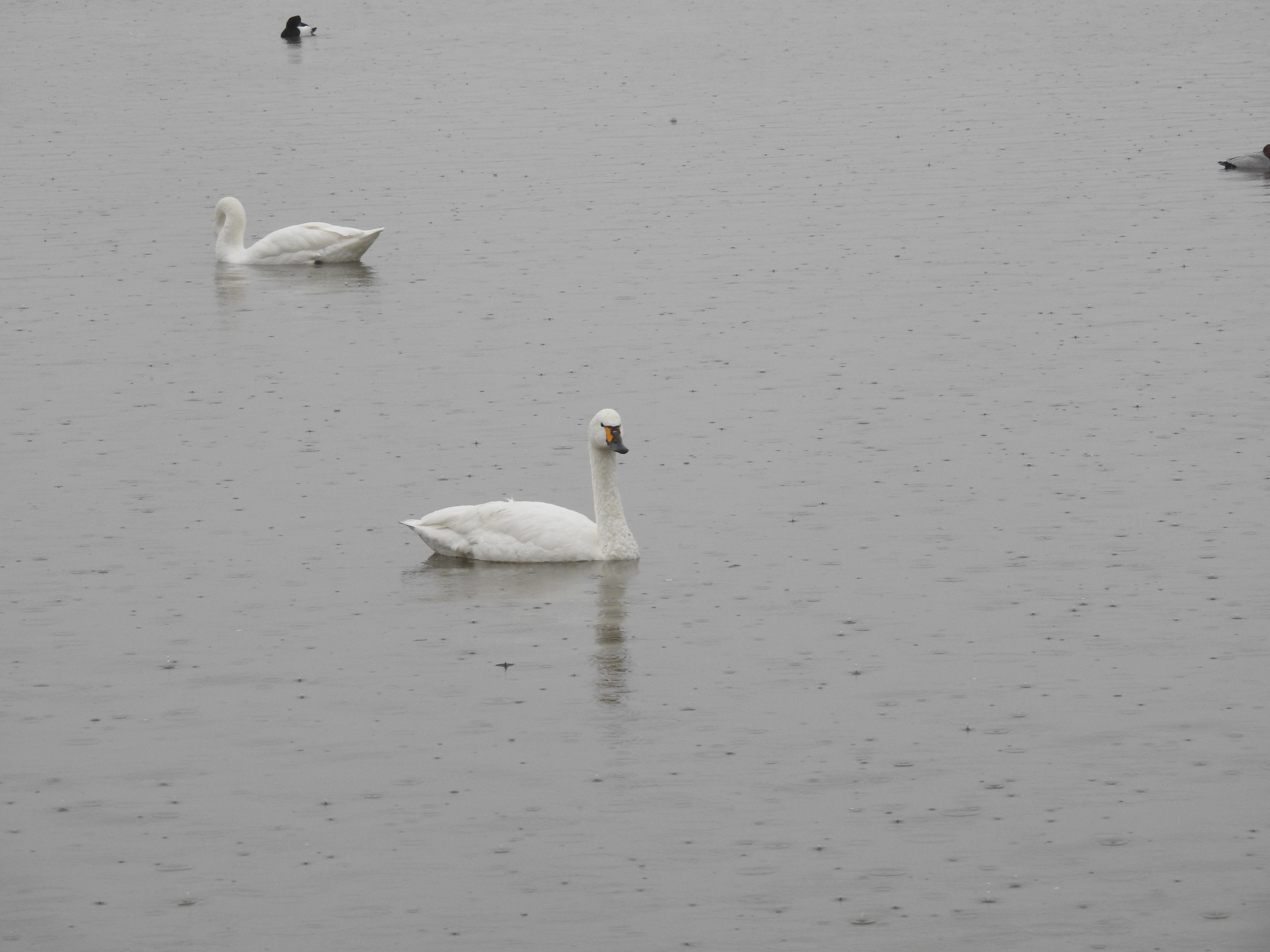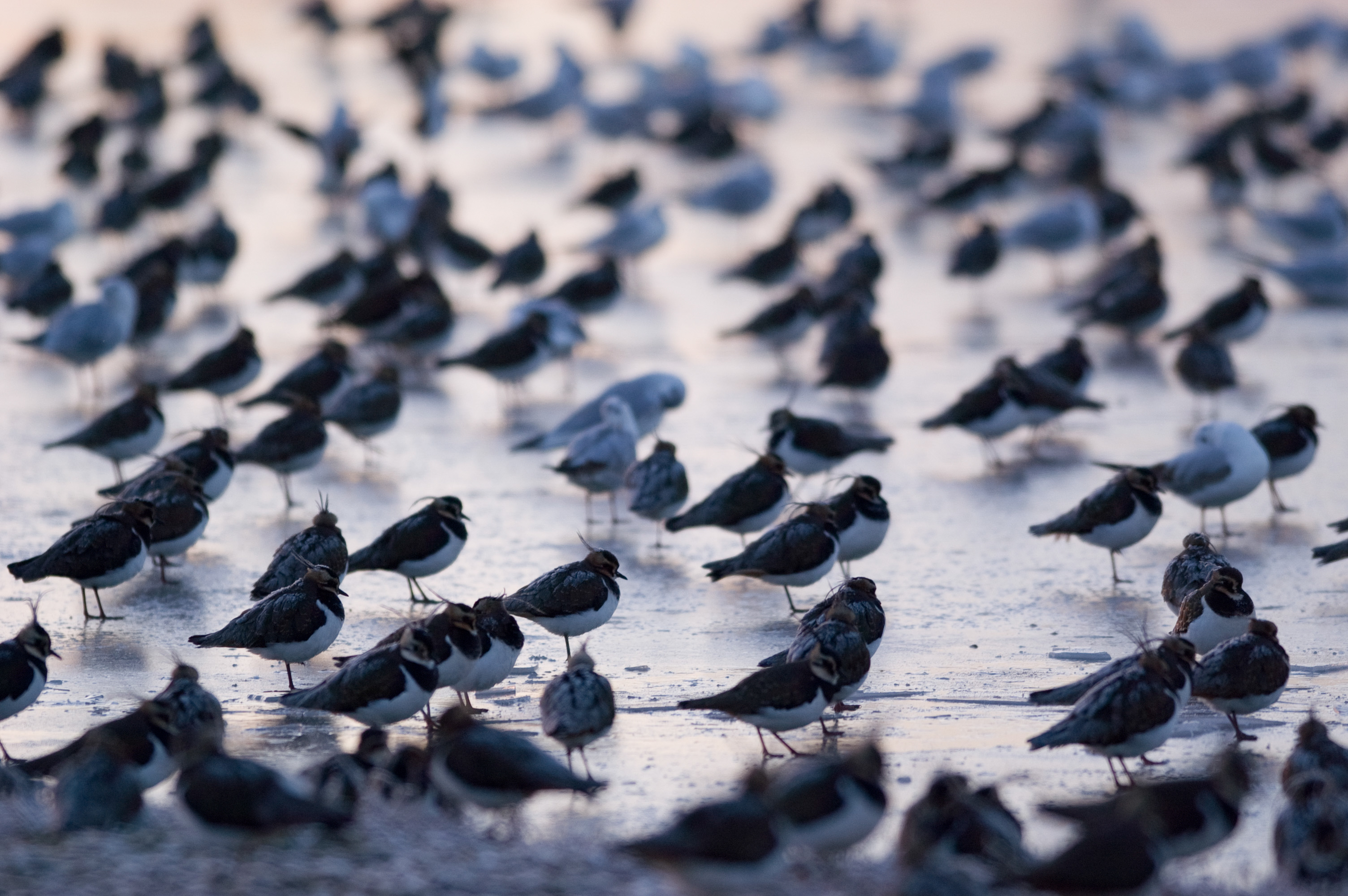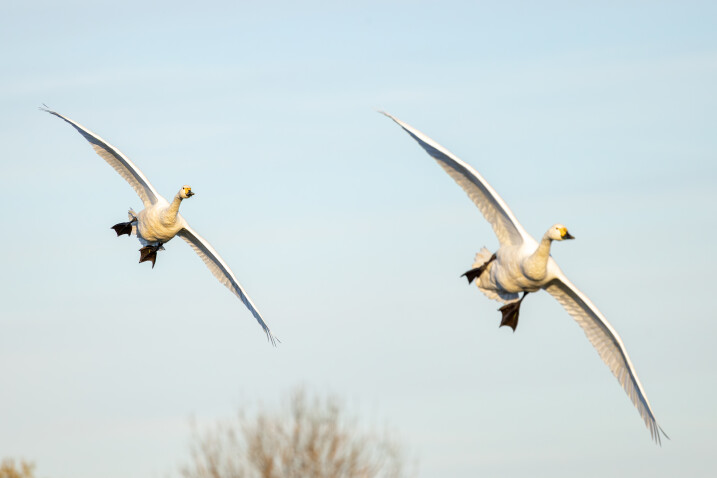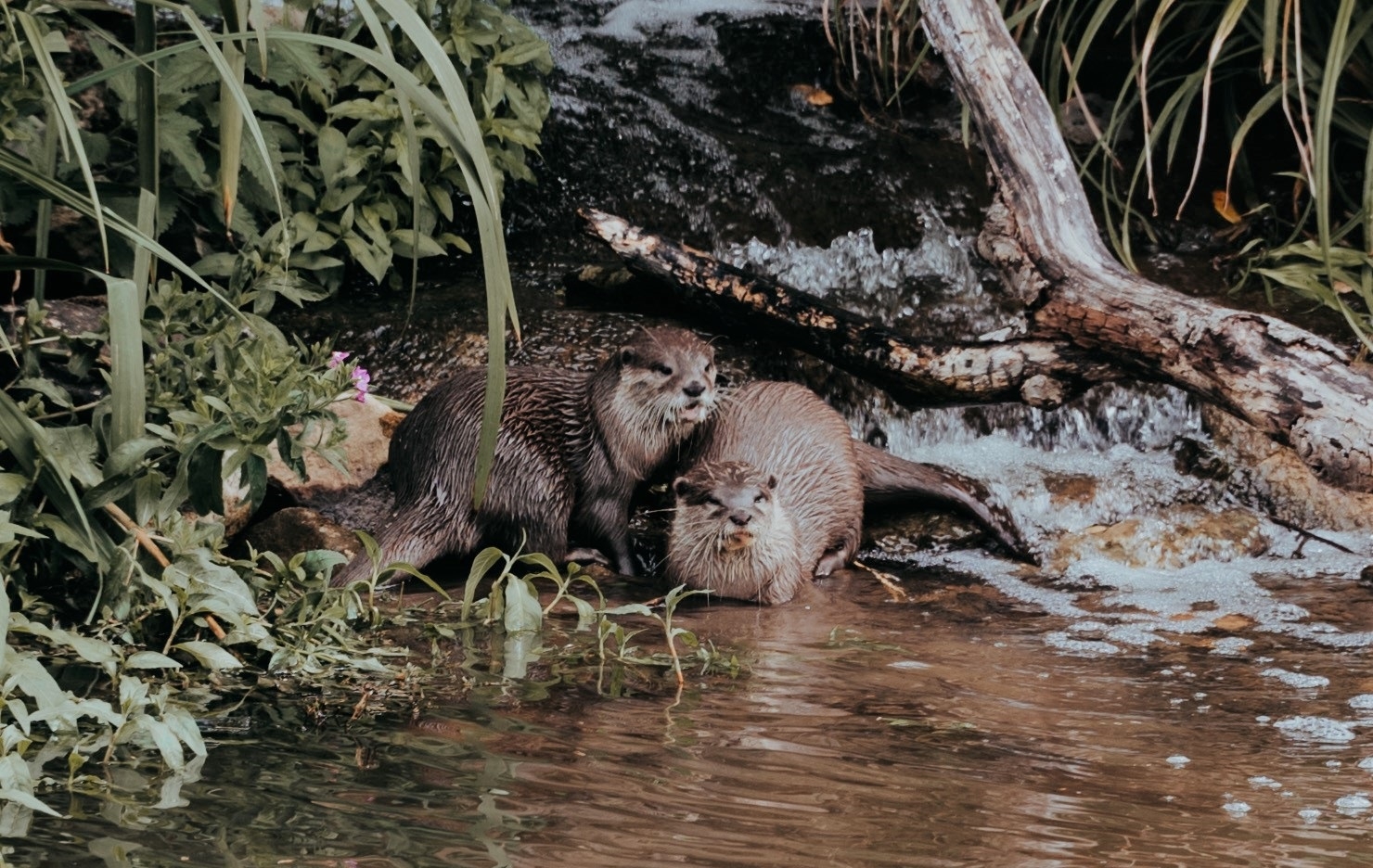A Frog Blog, for World Frog Day!
20 March marks World Frog Day, so we thought we would share a special blog post to celebrate these amazing amphibians.
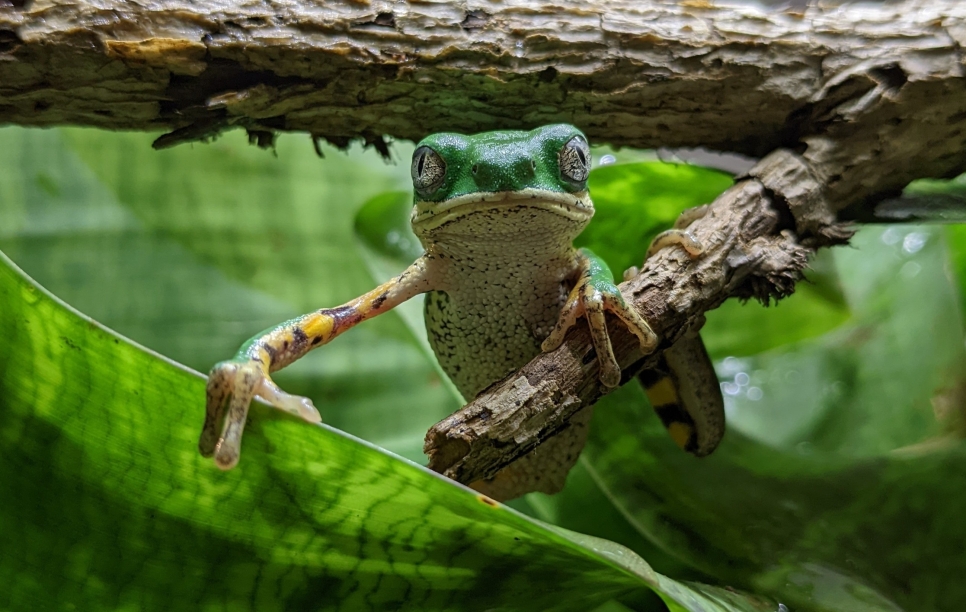
20 March marks World Frog Day, so we thought we would share a special blog post to celebrate these amazing amphibians.
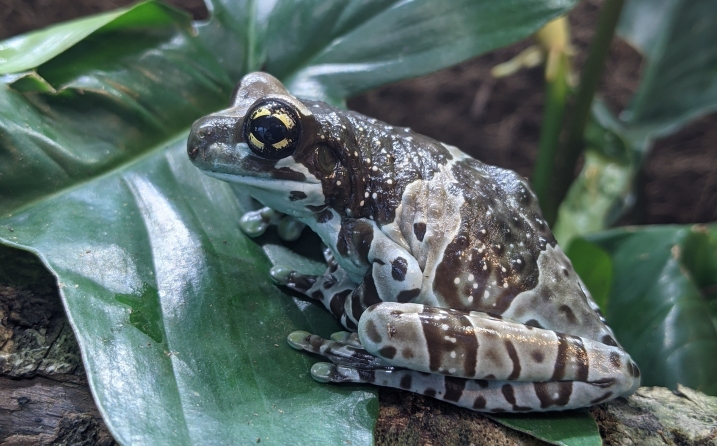
Amazon milk frog - credit Freya Boor
Frog facts
- Frogs and toads are both part of the frog family.
- There are well over 8000 species of frog with roughly 150 new species of amphibian being discovered each year (most of these being frogs and toads).
- Frogs lay spawn in lots of incredible and unique ways. For example Slimbridge's Suriname enclosure in Toad Hall houses three different frog species, all with completely different ways of laying their spawn. The Amazon milk frogs lay their spawn straight into water, similar to our native frogs and toads here in the UK. The dyeing dart frogs lay their spawn somewhere safe on the ground (in the enclosure we have provided little trays with coconut hides over the top! Once the tadpoles hatch, the parents will carry the tadpoles to a small pool of water. Orange-legged leaf frogs lay their spawn above water on a leaf, then once the tadpoles hatch they will wriggle and fall into the water from above.
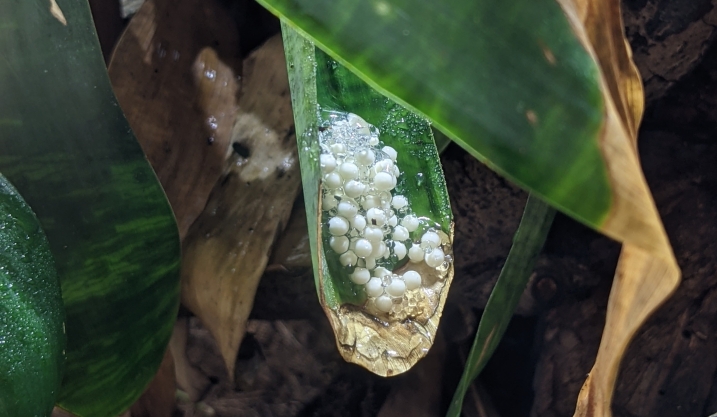
Orange-legged leaf frog spawn - credit Freya Boor
- Frogs are found on every single continent except Antarctica and they live in a huge variety of habitats - from tropical rain-forests to deserts.
- To keep themselves safe frogs have evolved lots of different ways to defend themselves and stay safe from predators. Some are coloured in a way to blend in and camouflage into their habitat as to not be seen, whereas others have evolved to be poisonous and deter predators with bright colours, warning them that they should not be eaten!
- They come in a variety of sizes from the smallest frog being the paedophryne amanuensis who is just 7.7mm long (roughly the size of a house fly), to the gigantic goliath frog that is 32cm long. In Slimbridge's Toad Hall our smallest is the golden mantella, a tiny poisonous frog from Madagascar that can reach 27mm long. And our largest is Cindy, our African bullfrog who is roughly 11cm long. Being a female this is probably the biggest she’ll get, however if she was a male she would grow to be double the size! (All these measurements are the length of their body, excluding the legs).
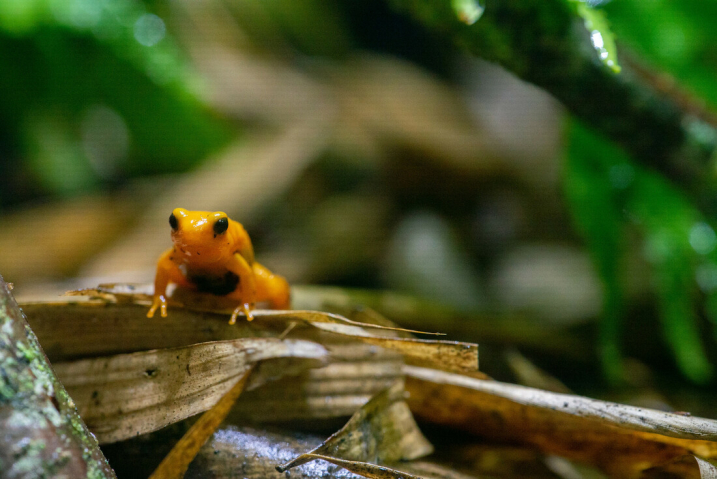
Golden mantella frog - credit WWT
How you can help frogs
Unfortunately a third of all amphibian species are threatened with extinction, with a majority of the rest experiencing population declines including the species we have in the UK. If you would like to help and encourage amphibians into your gardens there are lots of ways to do this.
- Log piles and leaf piles are a great way to provide shelter, as well as encouraging insects into your garden - which amphibians love to eat.
- Creating little frog houses from pots and other materials to give them a safe place to live.
- Densely planted areas to provide shelter and shade are especially useful on hot days.
- Putting out shallow dishes of water near or under covered areas to help them re-hydrate. This is especially helpful when the weather gets warmer (always make sure there is an easy way for them to get in and out).
- Building a mini pond using a small tub, find out how here:
- Building a wildlife pond, find out how here:
Content provided by Freya Boor, Living Collections Assistant - amphibians
